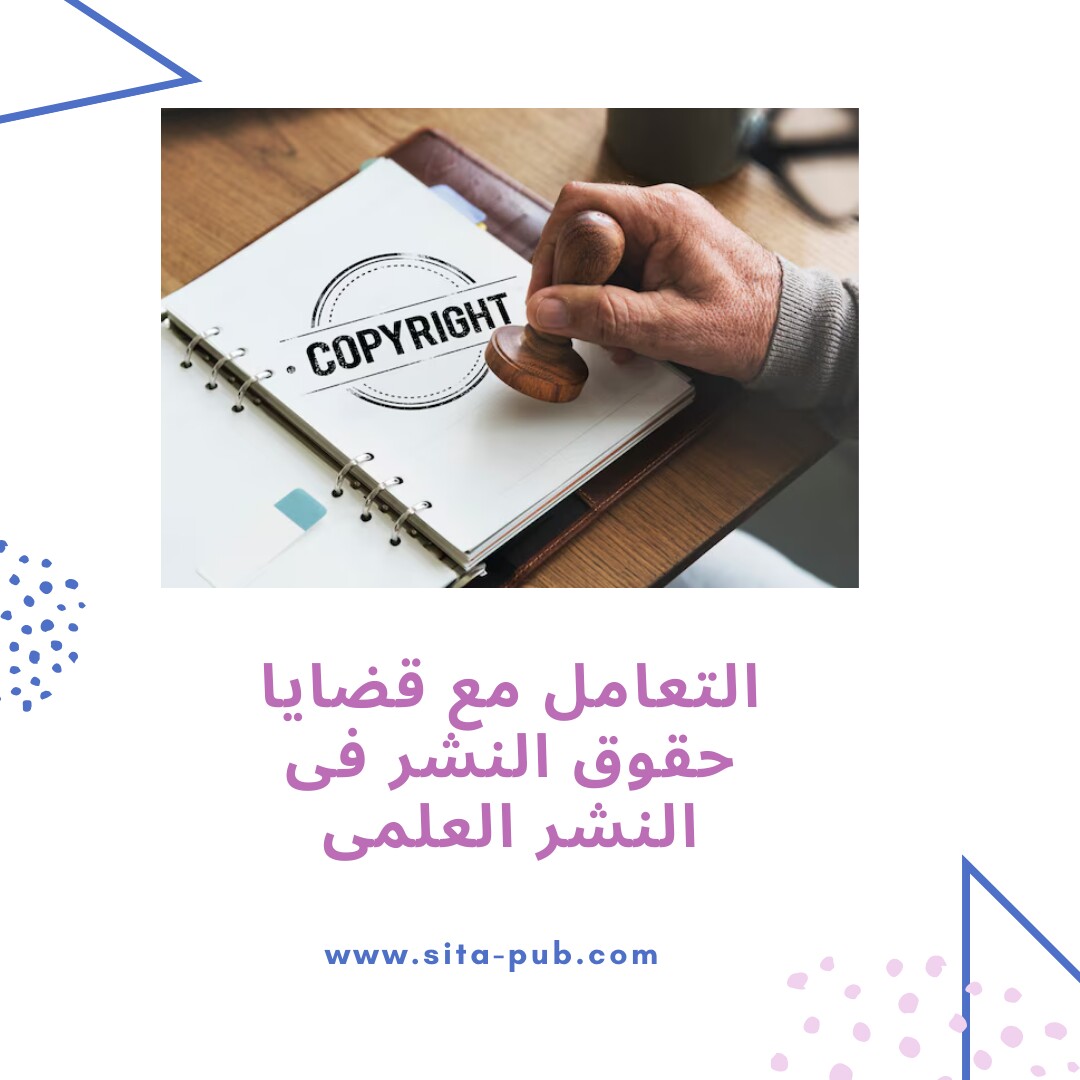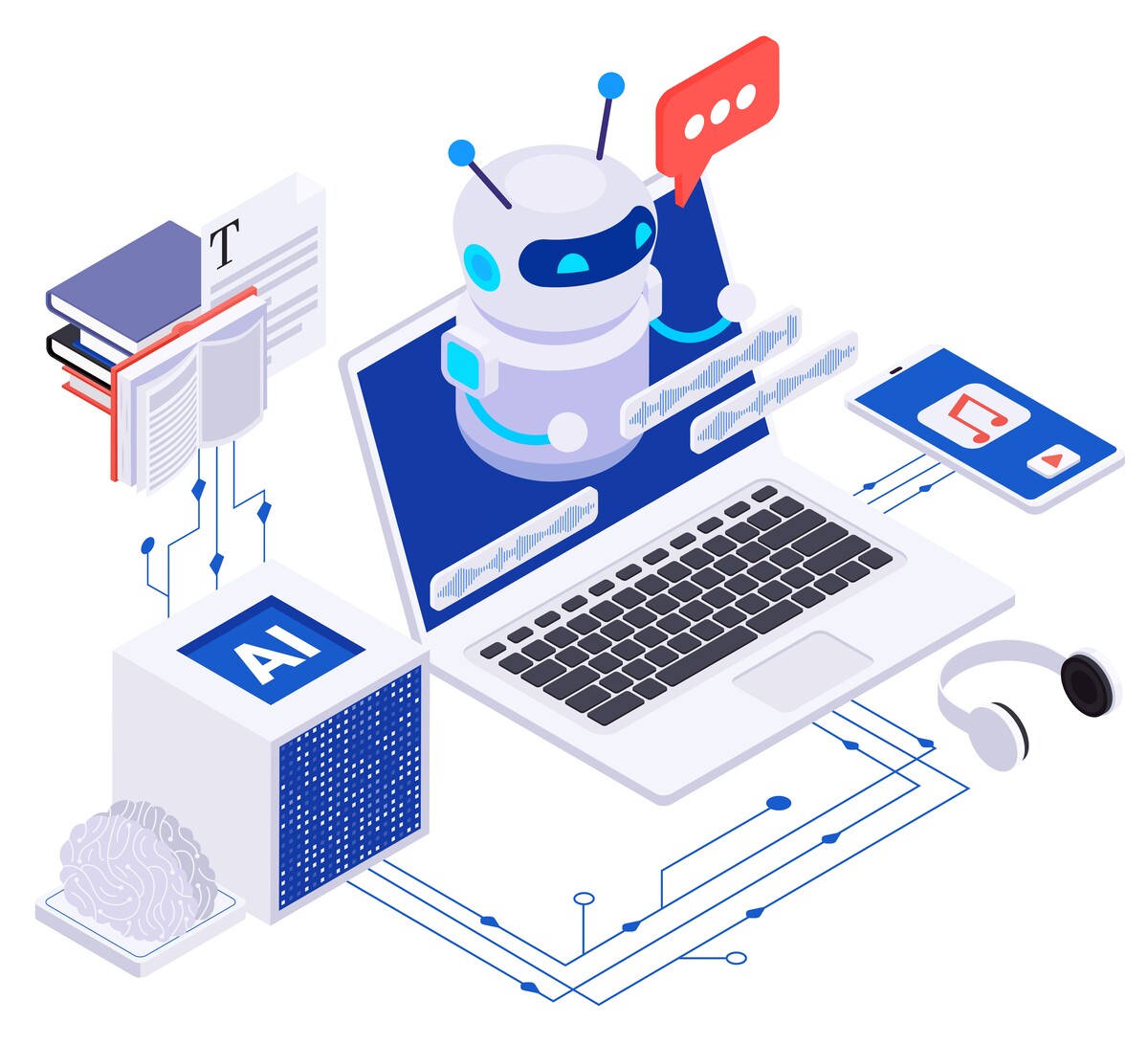التعامل مع قضایا حقوق النشر فی النشر العلمی


نشر الأبحاث له أهمیه کبیره فی الوسط الأکادیمی، لکنه قد یتضمن قضایا حقوق نشر معقده. فهم حقوق النشر ضروری للباحثین لأنه یؤثر على کیفیه مشارکه أعمالهم واستخدامها. سنشرح فی هذا الدلیل التحدیات الشائعه ونقدم نصائح للتعامل معها.
حقوق النشر هی إطار قانونی یمنح المبدعین حقوقًا حصریه على أعمالهم الأصلیه مثل المقالات والکتب والصور. هذا یعنی أن للمؤلفین السیطره على کیفیه استخدام وتوزیع إبداعاتهم. فی النشر الأکادیمی، یمکن أن تنشأ قضایا حقوق النشر مع المقالات العلمیه والأطروحات والعروض التقدیمیه.

الخطوه الأولى لفهم حقوق النشر هی معرفه من یمتلکها. عادهً، یحتفظ المؤلف بحقوق النشر، ولکن إذا تم إجراء البحث ضمن عمل وظیفی، قد یمتلک صاحب العمل الحقوق. کما أن تمویل الأبحاث قد یفرض قواعد خاصه بالملکیه.
للتوضیح:
مراجعه السیاسات المؤسسیه: اطَّلع على سیاسات جامعتک المتعلقه بحقوق النشر.
مراجعه اتفاقیات التمویل: إذا کان بحثک ممولًا، تحقق من الاتفاقیات لفهم الآثار المتعلقه بحقوق النشر.
توثیق التعاونات: عند العمل مع آخرین، حدد بوضوح فی مستند مکتوب من یملک حقوق النشر.
عند تقدیم مخطوطه لمجله علمیه، غالبًا ما یتم توقیع اتفاقیه نشر تنقل بعض أو جمیع الحقوق إلى الناشر. وهذا قد یؤثر على کیفیه استخدامک لعملک مستقبلاً.
قراءه الاتفاقیه بدقه: راجع العقد قبل التوقیع، وابحث عن البنود المتعلقه بنقل الحقوق وخیارات الوصول المفتوح.
التفاوض على الشروط: العدید من الناشرین یرحبون بالمفاوضات، لذا إذا رغبت بالاحتفاظ بحقوق معینه، ناقش الأمر مع الناشر.
استکشاف الوصول المفتوح: فکر فی النشر فی مجلات مفتوحه الوصول حیث یحتفظ المؤلفون بحقوق أکبر ویکون عملهم متاحًا للجمیع.

فهم الاستخدام العادل فی الأوساط الأکادیمیه ضروری عند إدراج مواد محمیه بحقوق النشر فی أعمالک. یسمح الاستخدام العادل باستخدام محدود لمحتوى محمی بدون إذن فی ظروف معینه.
تقییم عوامل الاستخدام العادل: راجع الغرض، وطبیعه، وحجم، وتأثیر الاستخدام على العمل الأصلی.
استخدام مواد من أطراف أخرى: إذا احتجت لاستخدام محتوى من آخرین، تأکد من الحصول على الأذونات اللازمه.
یحدث انتهاک حقوق النشر عند استخدام عمل محمی بدون إذن. قد یحدث ذلک دون قصد، لذلک یجب أن تکون حذرًا.
التثقیف الذاتی: تعرف على القوانین المتعلقه بحقوق النشر فی مجالک.
الاقتباس المناسب: دائمًا قم بذکر المصدر الأصلی.
استشاره خبیر قانونی: عند الشک، استعن بخبیر قانونی متخصص فی حقوق الملکیه الفکریه.

الذکاء الاصطناعی یغیر مشهد البحث والنشر، مما یخلق تحدیات جدیده:
الملکیه والتألیف: عند استخدام الذکاء الاصطناعی، وضّح دورک ودور الذکاء الاصطناعی فی النشر.
استخدام محتوى مولد بالذکاء الاصطناعی: تحقق من حاله حقوق النشر للمحتوى المولد.
الاعتبارات الأخلاقیه: تأکد من أصاله عملک وعدم اعتماده بشکل مفرط على أدوات الذکاء الاصطناعی.
مراجعه شروط الخدمه: عند استخدام أدوات ذکاء اصطناعی، راجع شروط الخدمه وتأکد من توافقها مع سیاسات مؤسستک.
التعامل مع قضایا حقوق النشر فی النشر قد یکون معقدًا، لکنه ضروری لحمایه أعمالک. بفهم ملکیه حقوق النشر، ومراجعه اتفاقیات النشر بدقه، والانتباه للاستخدام العادل والأذونات، والنظر فی تحدیات الذکاء الاصطناعی، یستطیع الباحثون إداره حقوقهم بفعالیه.
هل أنت مستعد لتقدیم بحثک؟
أکادیمیه سیتا هنا لدعمک فی کل خطوه.
فریقنا الخبیر سیرشدک خلال عملیه التقدیم، لضمان أن یلبی عملک جمیع المعاییر المطلوبه.
إذا کان لدیک أی أسئله، استفسارات، أو ترغب فی معرفه المزید عن خدماتنا، فلا تتردد فی التواصل معنا. فریقنا المخصص مستعد لمساعدتک.